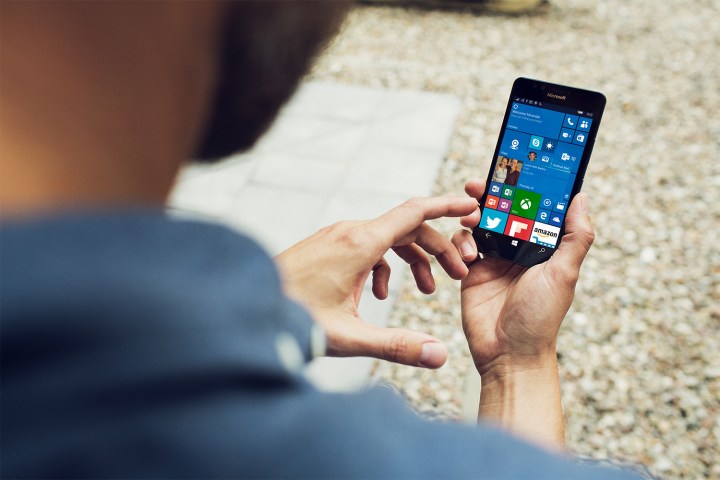
The app provides an easy way for users to confirm their identity to help carry out a two-factor authentication process, according to a report from WinBeta. Pair your smartphone with your PC via Bluetooth, and you’ll be able to use the app to log in to your home computer, safe in the knowledge that your account is protected against outside threats.
It seems that the new app will take a step towards removing passwords from the login process. A description on its store listing suggests that after pairing a device with a Windows computer, it’ll then be possible to log in with little more than a single tap of the Authenticator app.
It’s easy to see why Microsoft is implementing an internal beta test on an app containing this sort of functionality. Despite the fact that it’s not really anything new, it’s imperative that the tool works exactly as it’s intended to, as any sort of security breach would be disastrous.
Back in 2013, Microsoft released a similar product intended for use with Windows 8. As well as the aforementioned addition of one-touch access to your Windows PC, the look and feel of the app will of course be brought in line with the standard interface used across the Windows 10 family of devices.
While the app is listed publicly on the Windows Store, it’s still in beta, and as such, it isn’t available to the masses just yet. The finished version of the tool will also provide support for Microsoft account logins, solutions for signing in via a browser or VPN, and MFA approval via notifications.
Editors' Recommendations
- Windows 11 may bring Live Tiles back from the dead — sort of
- The latest Windows update is breaking VPN connections
- The unsung hero behind the modernization of Windows laptops
- The next big Windows 11 update has a new hardware requirement
- You’re going to hate the latest change to Windows 11


